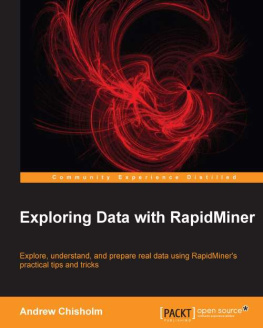Qi Xuan - Graph Data Mining: Algorithm, Security and Application
Here you can read online Qi Xuan - Graph Data Mining: Algorithm, Security and Application full text of the book (entire story) in english for free. Download pdf and epub, get meaning, cover and reviews about this ebook. year: 2021, publisher: Springer Nature, genre: Home and family. Description of the work, (preface) as well as reviews are available. Best literature library LitArk.com created for fans of good reading and offers a wide selection of genres:
Romance novel
Science fiction
Adventure
Detective
Science
History
Home and family
Prose
Art
Politics
Computer
Non-fiction
Religion
Business
Children
Humor
Choose a favorite category and find really read worthwhile books. Enjoy immersion in the world of imagination, feel the emotions of the characters or learn something new for yourself, make an fascinating discovery.
- Book:Graph Data Mining: Algorithm, Security and Application
- Author:
- Publisher:Springer Nature
- Genre:
- Year:2021
- Rating:5 / 5
- Favourites:Add to favourites
- Your mark:
- 100
- 1
- 2
- 3
- 4
- 5
Graph Data Mining: Algorithm, Security and Application: summary, description and annotation
We offer to read an annotation, description, summary or preface (depends on what the author of the book "Graph Data Mining: Algorithm, Security and Application" wrote himself). If you haven't found the necessary information about the book — write in the comments, we will try to find it.
Qi Xuan: author's other books
Who wrote Graph Data Mining: Algorithm, Security and Application? Find out the surname, the name of the author of the book and a list of all author's works by series.
Graph Data Mining: Algorithm, Security and Application — read online for free the complete book (whole text) full work
Below is the text of the book, divided by pages. System saving the place of the last page read, allows you to conveniently read the book "Graph Data Mining: Algorithm, Security and Application" online for free, without having to search again every time where you left off. Put a bookmark, and you can go to the page where you finished reading at any time.
Font size:
Interval:
Bookmark:
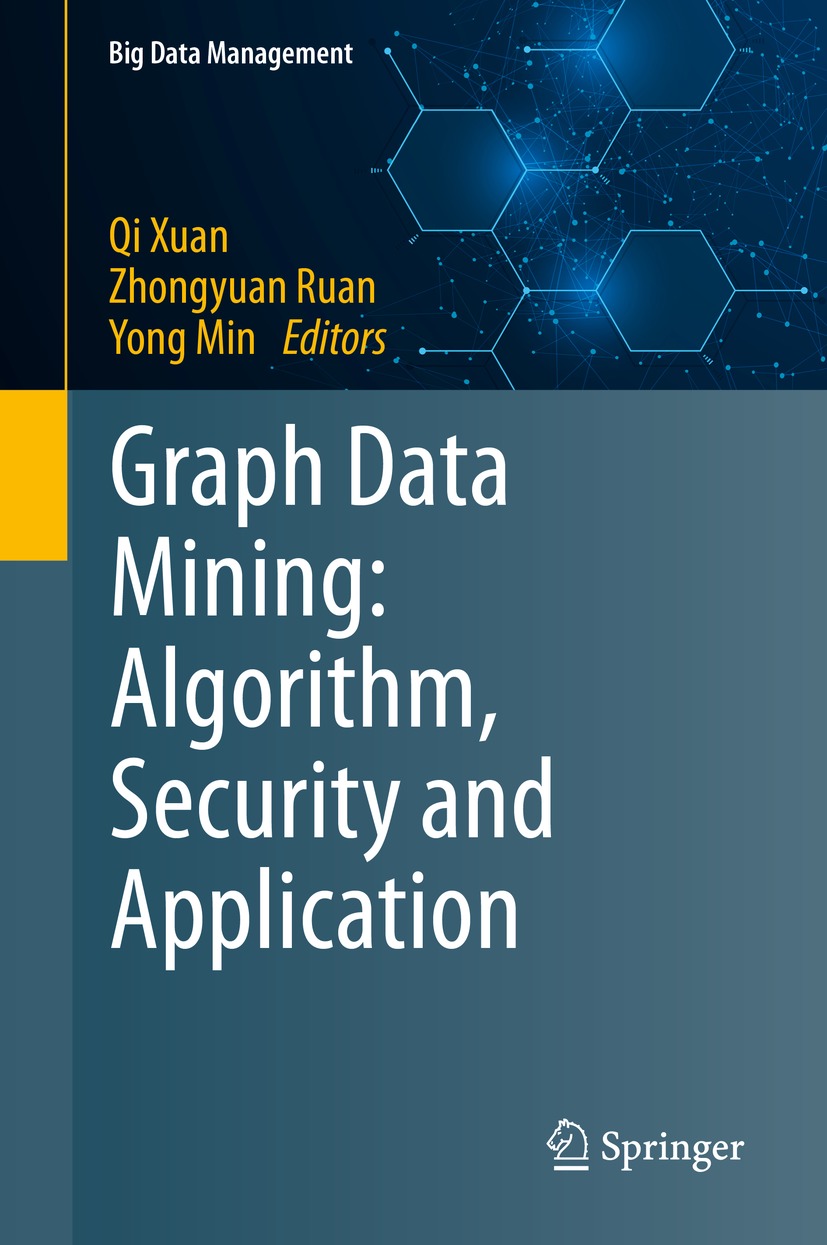
The big data paradigm presents a number of challenges for university curricula on big data or data science related topics. On the one hand, new research, tools and technologies are currently being developed to harness the increasingly large quantities of data being generated within our society. On the other, big data curricula at universities are still based on the computer science knowledge systems established in the 1960s and 70s. The gap between the theories and applications is becoming larger, as a result of which current education programs cannot meet the industrys demands for big data talents.
Present a systematic and comprehensive knowledge structure for big data and data science research and education
Supply lectures on big data and data science education with timely and practical reference materials to be used in courses
Provide introductory and advanced instructional and reference material for students and professionals in computational science and big data
Familiarize researchers with the latest discoveries and resources they need to advance the field
Offer assistance to interdisciplinary researchers and practitioners seeking to learn more about big data
The scope of the series includes, but is not limited to, titles in the areas of database management, data mining, data analytics, search engines, data integration, NLP, knowledge graphs, information retrieval, social networks, etc. Other relevant topics will also be considered.
More information about this series at http://www.springer.com/series/15869

This Springer imprint is published by the registered company Springer Nature Singapore Pte Ltd.
The registered company address is: 152 Beach Road, #21-01/04 Gateway East, Singapore 189721, Singapore
Things interact with each other, and our beautiful world emerges. Many real-world systems, natural or artificial, are more naturally expressed as graphs/networks, rather than coordinates in Euclidean space, to capture their topological properties. In biology, proteins regulate each other, and such physiological interactions make up the so-called interactomics of the organism; neurons connect to each other to process signals in brains, leading to the emergence of intelligence; and species depend on each other so as to form the complex ecosystem. Besides, modern transportation systems connect different cities across different countries, largely facilitating our travel and making the whole world a true global village. Nowadays, networking seems to be on the rise as we are entering the cyberspace. People are connected closely and share their viewpoints and personal interests through social media platforms such as Facebook, Wechat, Twitter, Weibo, and others. We can search our interests using search engines such as Google, Baidu, and Yahoo, the kernel of these systems being a huge network of webpages. We can also transfer money easily through e-banking or blockchain-based platforms such as Ethereum. Moreover, some powerful data mining or artificial intelligence technologies, such as knowledge graph and deep neural networks, are also networks! Although these networks facilitate information exchange among individuals, making our lives much easier than before, they may also facilitate the spread of virus and cause privacy leaks, e.g., particular kind of relationships could be inferred just based on individual ego social networks [1]. Therefore, it is necessary and urgent to develop methods to better understand the topological structure of these networks, so as to predict, and further influence, their evolution to a certain extent.
Fortunately, graph theory, as a branch of mathematics, has been well established since Eulers creative study on the Seven Bridges of Knigsberg in 1736 [2]. In this big data era, more and more systems are described as networks, and the corresponding graph data capturing their structure are released for research. These graphs attract numerous researchers of different domains to contribute their talents to observe and further measure them from micro (node and link) and meso (motif and community) to macro (whole network) views by proposing a series of structural properties [3]. In industry, many famous search engines and recommender systems are essentially ranking nodes based on their structural significance in the corresponding networks, e.g., the well-known pagerank [4] and collaborative filtering algorithms [5]. On the other hand, in academia, Strogatz et al. [6] characterized small-world networks based on their short average distance together with large average clustering coefficient, while Barabsi et al. [7] defined scale-free networks by power-law degree distribution. These studies triggered the development of complex network. Subsequently, various mathematical models are being proposed, with different kinds of dynamics, such as epidemic and synchronization, being carefully simulated and analyzed [8]. Quite recently, graph embedding technologies, such as deepwalk [9] and node2vec [10], were proposed to bridge between network space and Euclidean space; therefore, machine learning algorithms can be adopted to analyze graphs automatically. Soon, deep learning frameworks, such as graph convolutional network (GCN) [11, 12], were proposed to further facilitate the analysis of networks.
Font size:
Interval:
Bookmark:
Similar books «Graph Data Mining: Algorithm, Security and Application»
Look at similar books to Graph Data Mining: Algorithm, Security and Application. We have selected literature similar in name and meaning in the hope of providing readers with more options to find new, interesting, not yet read works.
Discussion, reviews of the book Graph Data Mining: Algorithm, Security and Application and just readers' own opinions. Leave your comments, write what you think about the work, its meaning or the main characters. Specify what exactly you liked and what you didn't like, and why you think so.

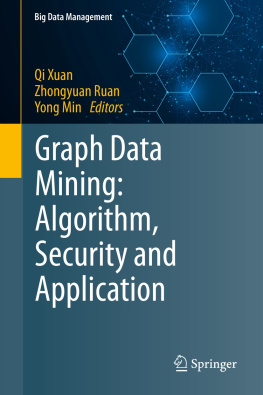



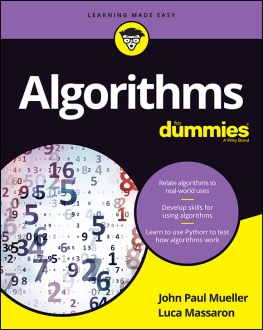

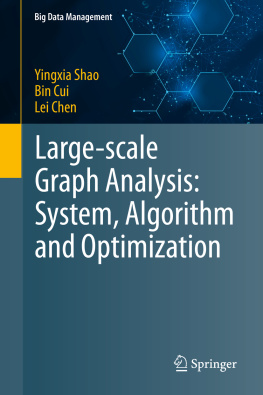

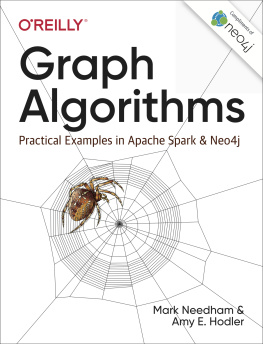
![James Cutajar [James Cutajar] - Beginning Java Data Structures and Algorithms](/uploads/posts/book/119335/thumbs/james-cutajar-james-cutajar-beginning-java-data.jpg)
